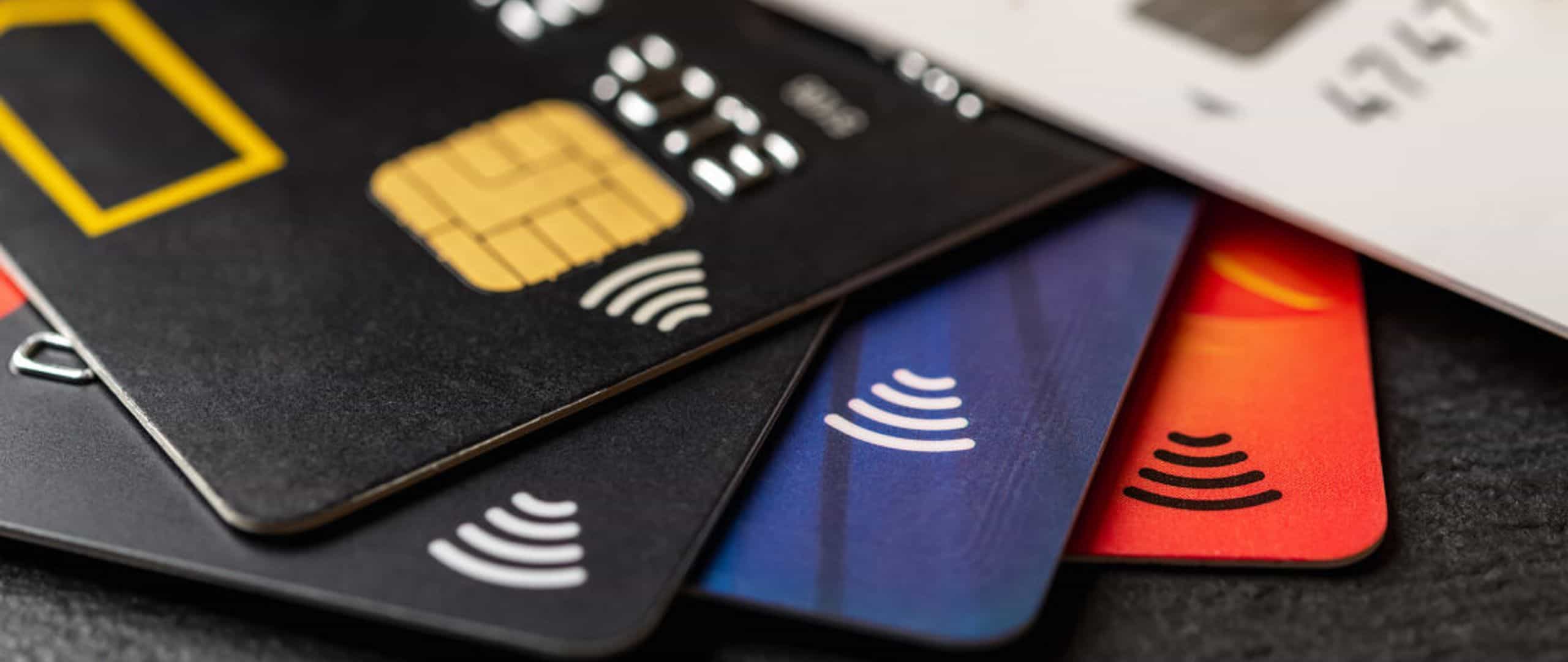Going Cashless
Many businesses are going cashless to reduce the risk of theft and improve the customer experience, yet some people have mixed feelings about the trend. Although making the switch to cashless makes the checkout process go faster, some customers don’t want to be forced to use credit or debit and prefer to use cash when they have it. Others either don’t have a card to use or are concerned over leaving a digital footprint and would be forced to shop at a business that allows cash payments. Considering the cons of a business going cashless, is it feasible for the U.S. to become a cashless society? That’s highly unlikely.
Bans on cashless retail establishments exist in 7 states including Arizona, Missouri, New York, Ohio, Oklahoma, and North and South Carolina. Florida is attempting to pass two bills that would require businesses to accept cash. Senate Bill 106 and House Bill 35 failed this year but are set to be reintroduced in 2025. It’s clear that while more than half of Americans use payment apps and contactless payment options, most Americans want to be able to use cash when they have it.
The use of personal checks went out of fashion in the mid-90s when credit and debit cards took over. A few years later online payment options were created, and the use of cash began to decline. Today, young consumers rarely pay with cash but even consumers over the age of 55 only use cash 22% of the time. More business are planning to transition to cashless in 2025 but America won’t become a cashless society anytime soon, if ever.
